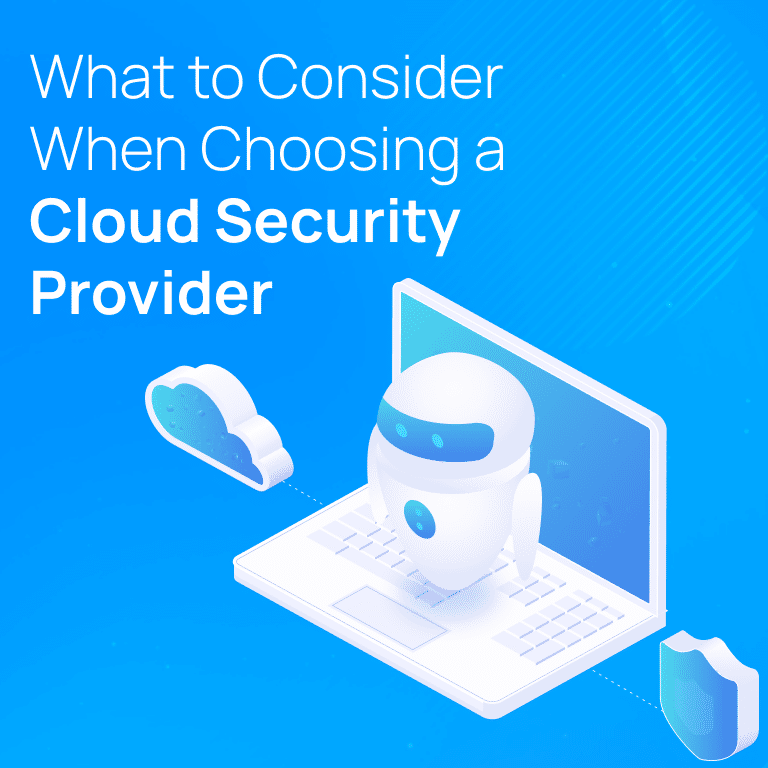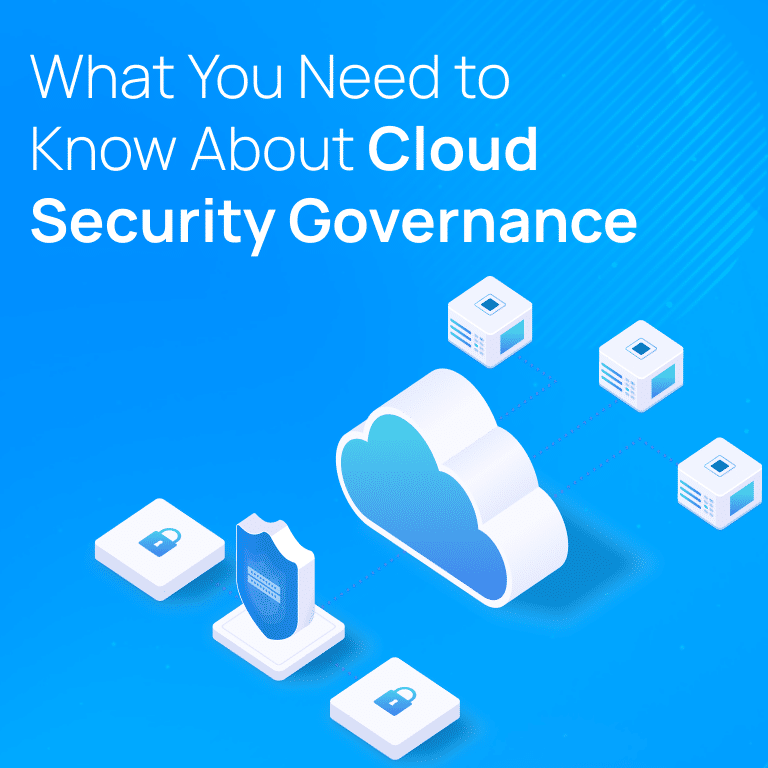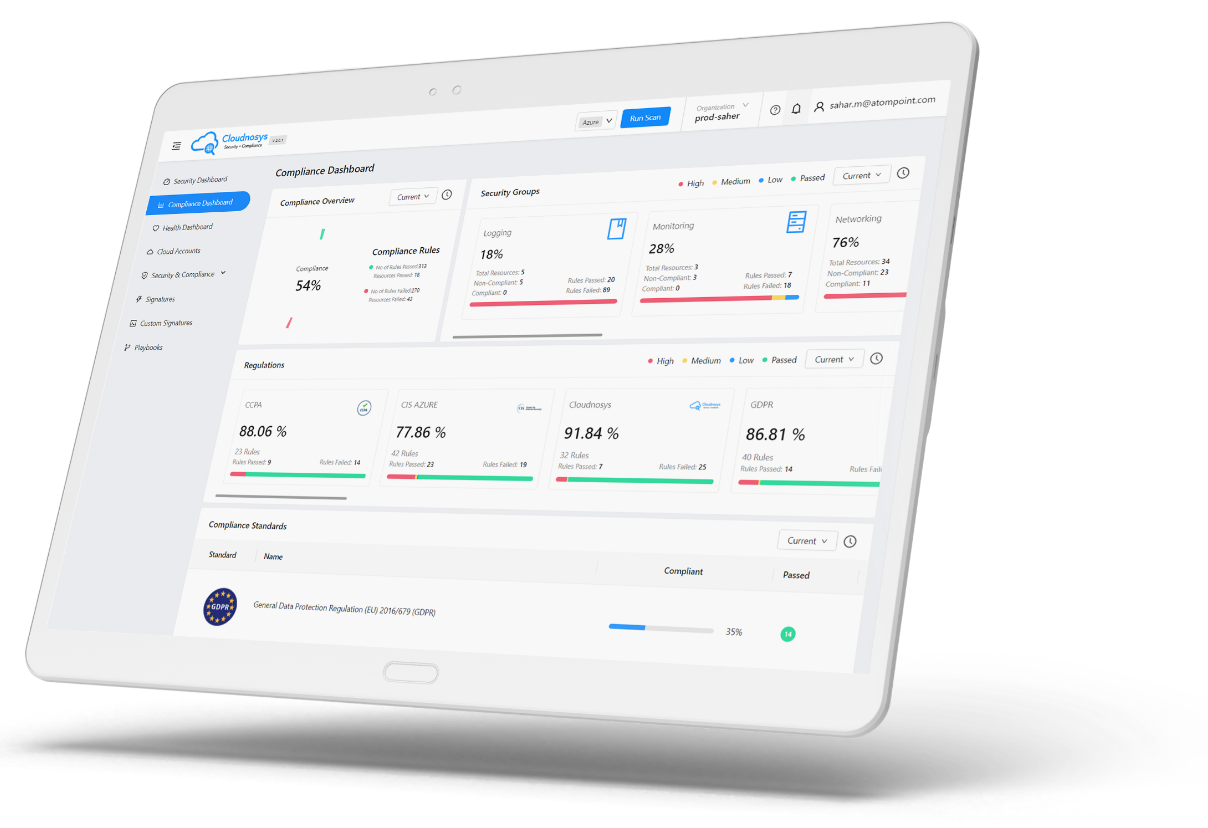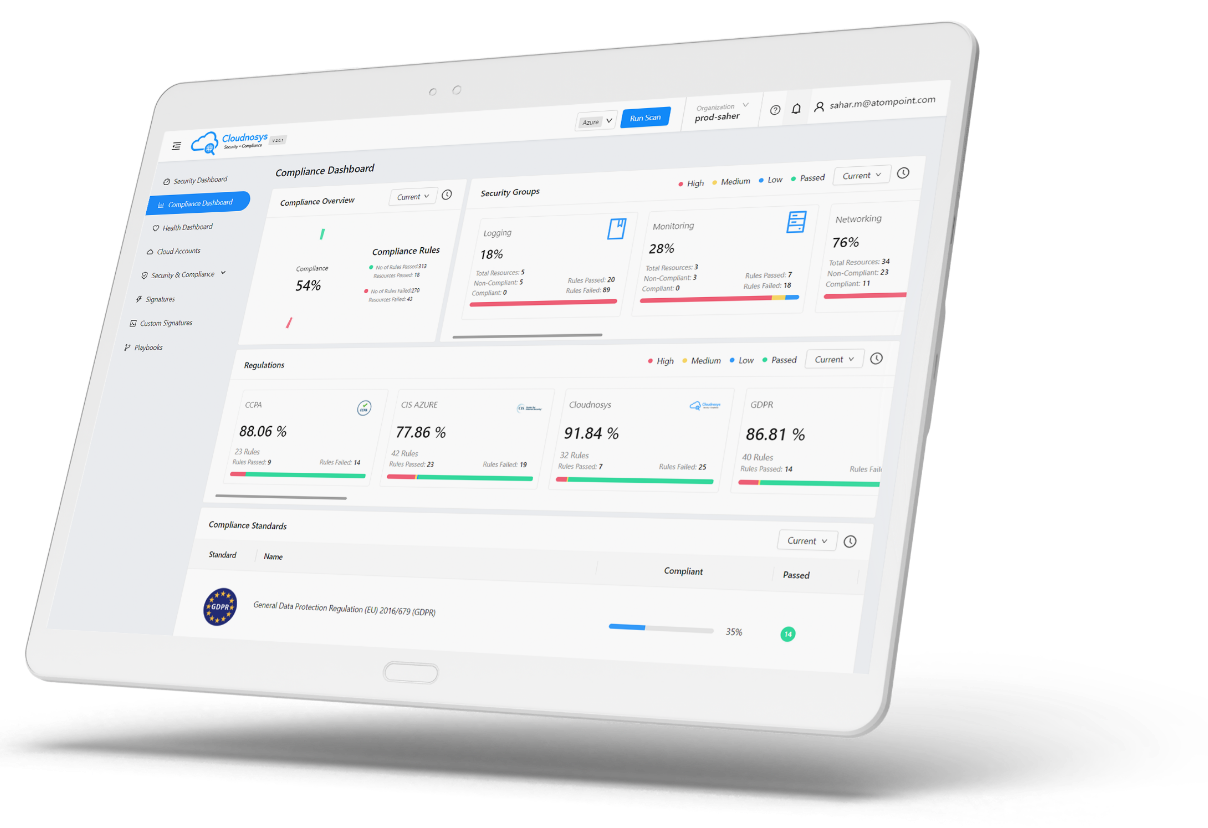In today’s digital world, protecting sensitive data requires careful attention, especially in a cloud setting. Role-Based Access Control or RBAC is one of the powerful ways to secure your system. Through its use, businesses can control who receives permission to access certain resources within the cloud, thus limiting access to the end-user. In this blog, we’ll explore what RBAC is, how it works, its benefits, its practical usage in the real world, difficulties in implementing it, best practices about implementation, and how it plays out in regulatory compliance.
Know Role-Based Access Control (RBAC)
Role-Based Access Control (RBAC) is an access control mechanism that limits access to a system based on user roles within a particular organization. With RBAC, businesses can positively and efficiently manage user permissions. Here’s how it breaks down:
Definition of Role: A function or responsibility through which an organization defines its roles. For instance, the roles can be defined as “Administrator,” “Finance Manager,” “HR Staff, ” and “Marketing Executive.”
Role-Based Permission: The permission assigned to each role which indicates what kind of actions the user holding that role would be able to do. For example, if someone is assigned the role of “HR Staff,” then he will be able to access the records of the employees but will not get access to financial data.
User Assignment: Users are assigned to roles based on their job responsibilities. Hence, they access only the resources they need to do work.
Access Enforcement: On a user’s request for access to a resource, the system enforces access by evaluating his role and specific permissions. If that role possesses the needed permissions, then it grants access. Otherwise, it denies the access.
How RBAC Works
The approach that RBAC employs in its working is systematic, making access management easier as follows:
Role Definition:
Roles within the organization should be defined clearly based on the type of job functions performed and the access rights attached to them. Role hierarchy exists in some circumstances, meaning higher roles always inherit permissions from lower roles.
Permission Assignment:
The principle of least privilege should be assigned to users; this principle is upon giving the minimum amount of access required to perform the function that the given users are accountable for. That permission also would have to be reviewed and managed at regular periods due to roles and job functions.
User Management:
Automate user provisioning processes wherein the users are automatically assigned to appropriate roles on joining the organization.
Role change should be well-defined in case of demotion or promotion.
Monitoring and Auditing:
The access logs must always be monitored for any access attempts of sensitive information by unauthorized persons
Audit periodically must be ensured for the required compliance on established roles and permissions
Advantages of RBAC on Cloud Security
The advantages of RBAC on cloud security include the following:
Improved Security: By limiting access based on roles, organizations can reduce the risk of people who access sensitive data without authorization. This protects an organization from data breaches and insider threats.
Simplified Management: RBAC simplifies the user permission management function. Rather than permissioning individual users, administrators manage at the role level and thus significantly reduce the time and effort involved in access management.
Better Compliance: All regulations mandate access controls within organizations. RBACs aid in helping organizations improve compliance by having well-defined and realistic access policies and audit trails.
Lower Human Error: Automating the process through complete and well-defined roles means that the likelihood of incorrect permissions is reduced, providing a security vulnerability for the organization.

Use Cases for Real Life – RBAC
Numerous organizations across multiple industries have successfully implemented RBAC in securing their cloud environments. Here are a few:
Health Care: To protect patient records, only the medical personnel should have access to view them, whereas the administration personnel should be restricted. This primarily protects the privacy of a patient and adheres to HIPAA.
Finance: RBAC is implemented to prevent sensitive financial data in any bank or similar financial institution. Again, here an authorized employee can carry on transactions and check account details, so no fraud or unauthorized access can occur.
Education: Academic institutions use RBAC to control access to the student’s records. The faculty may have access to grades and personal details, while administrative staff access is limited.
Government: The government institutions use RBAC to control access to classified information and systems whereby only authorized employees get access to classified information or confidential citizen data.
Challenges in Implementing RBAC
RBAC, although it has brought various benefits to organizations while implementing RBAC, different challenges might be met by organizations:
Very large organizations with multiple departments and many job functions often experience challenges in terms of defining their roles clearly, hence providing access to information resources.
User Role Changes: When the employee changes roles or is leaving the organization, changes in access rights should be made immediately to prevent the person from accessing information unnecessarily.
Role Explosion Management: The major organizations with many such unique roles keep exploding due to augmenting the permissions and complexities associated with access.
Integration with Existing Systems: The implementation of RBAC may require integration with identity and access management systems already in place, which is very time-consuming and complex.
Recommended Best Practices for the Implementation of RBAC
To implement RBAC properly in your cloud environment, the following are some recommended best practices:
Roles defined precisely: You should work with the department heads in defining clear but concise roles as identified through the job responsibilities.
Least privilege practice role-based access control prevents users from performing tasks less related to their activities than necessary. This reduces the chance of threats from security attacks.
Reviewing roles and permissions Periodically audit roles and permissions to check whether they reflect present job functions and compliance demands.
Training Allow them to be onboarded on the importance of access control and their particular roles in the RBAC system.
Automation Use: Introduce automated tools to take care of role assignments and track accesses for minimal human error.
RBAC and Compliance
Implementing RBAC is imperative for all organizations aspiring to adhere to a number of regulatory standards, such as:
GDPR: The General Data Protection Regulation sets strict requirements for access control over personal data. Since access constitutes the prime protector of any data, it becomes very much a part of any compliance strategy.
HIPAA–The Health Insurance Portability and Accountability Act encompasses limitations to patient information, hence fully applicable to RBAC principles.
PCI DSS: The Payment Card Industry Data Security Standard employs secure access to cardholder data which can thus be sufficiently managed by the use of RBAC
Organizations that employ RBAC assume themselves to the observance of data protection and regulatory compliance, hence reducing instances of heavy penalties and loss of reputation.
Conclusion
Role-based access control, or RBAC, is a strong instrument in the enhancement of security within the context of a cloud. It ensures sensitive information is accessed by the appropriate set of users. With roles and permissions clearly defined, roles can help organizations simplify access management, protect their organizations against threats of data breaches, and have better security and compliance.
You can very much reduce the risk of data breaches to ensure that your cloud environment is as secure as it can be with RBAC.
If you’re interested in learning more about how you can implement RBAC in your organization or have other questions concerning cloud security solutions, contact us today. We’ll help you strengthen your cloud security and compliance posture.










